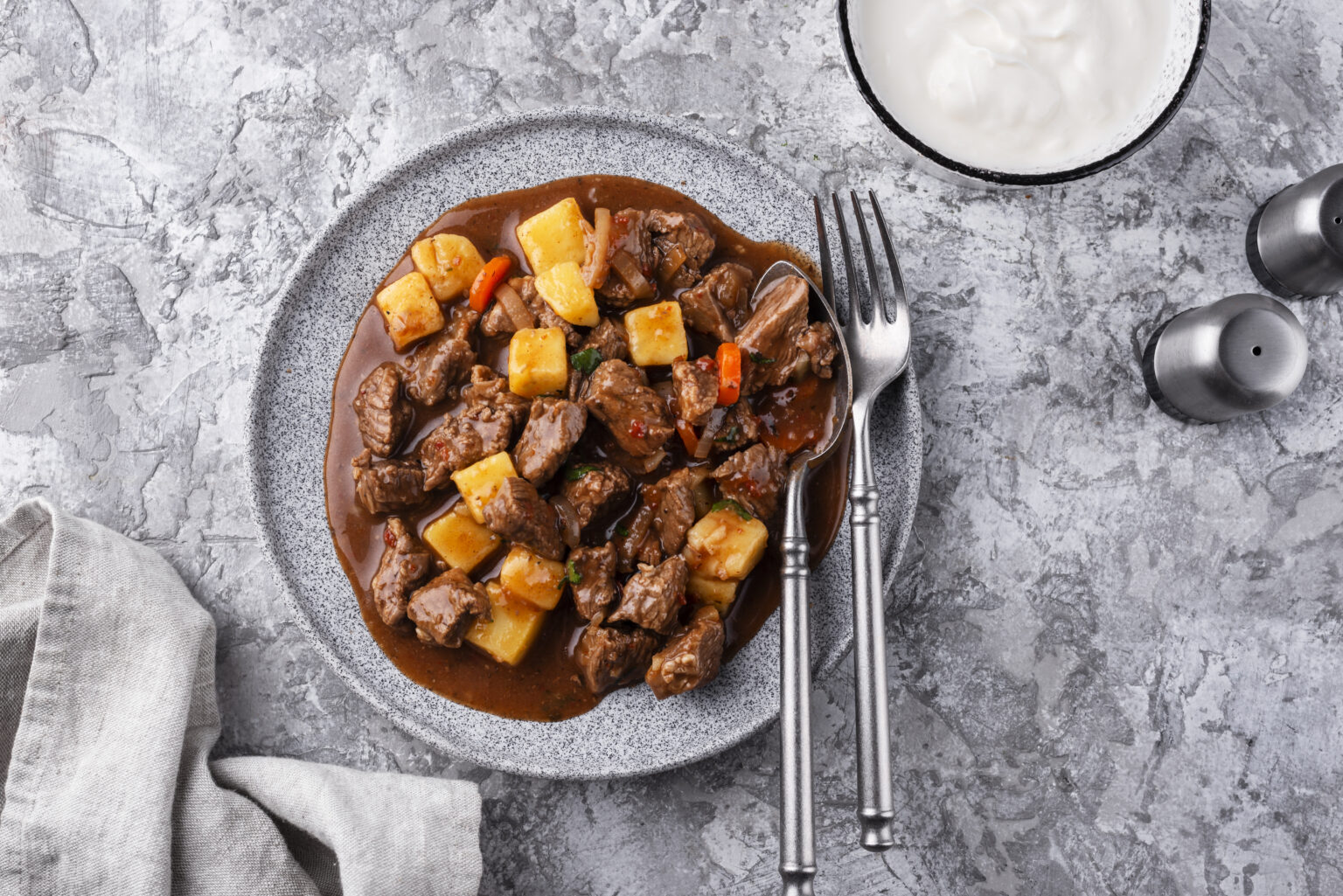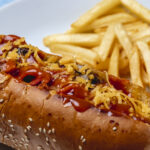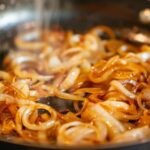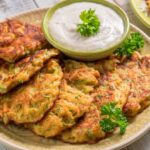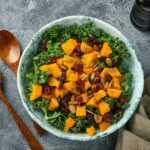South African cuisine is a melting pot of flavors and influences, shaped by diverse cultures and a rich culinary heritage. At the heart of traditional South African cooking lies a beloved culinary style known as boerekos. This rustic and hearty cuisine reflects the country’s history and cultural tapestry. In this article, we delve into the world of boerekos, its origins, and the regional variations that make it a true South African culinary gem.
What is Boerekos?
Boerekos, which translates to “farmers’ food” or “farm-style food,” refers to the traditional cooking style of South Africa’s farming communities. It is characterized by its simplicity, wholesome ingredients, and comforting flavors. Boerekos celebrates the use of locally sourced produce, including meats, vegetables, and grains, often prepared in traditional methods such as slow cooking and baking.
Regional Variations of Boerekos:
- Cape Malay Influence in the Western Cape:
The Western Cape region, influenced by the Cape Malay community, incorporates vibrant spices and flavors into its boerekos. Traditional Cape Malay dishes like bobotie (a spiced meat dish with an egg-based topping), bredie (a slow-cooked meat and vegetable stew), and koeksisters (sweet syrup-drenched pastries) are popular in this region. The fusion of Dutch, Indonesian, and African culinary traditions creates a unique and aromatic boerekos experience.
- Karoo Flavors in the Northern Cape:
The vast and arid landscapes of the Northern Cape influence the boerekos of the region. Game meats, such as venison and ostrich, feature prominently in dishes like potjiekos (a slow-cooked meat and vegetable stew) and biltong (cured and dried meat). The Karoo lamb, raised on the region’s rolling plains, is renowned for its exceptional flavor and tenderness and is a staple in many Northern Cape boerekos recipes.
- Meat and Potatoes in the Free State:
The Free State province is known for its agricultural abundance, and its boerekos cuisine reflects this with hearty meat and potato-based dishes. Potatoes are a staple, appearing in dishes like potjiekos and stews. Farm-reared beef, chicken, and lamb are often braised or roasted to perfection, resulting in succulent and flavorful meat dishes that embody the true essence of boerekos.
- Traditional Staples in KwaZulu-Natal:
The KwaZulu-Natal region embraces its Zulu heritage and showcases traditional staples in its boerekos. Ubhejane (a rich and meaty stew made with game meat), amadumbe (a root vegetable similar to taro), and isijingi (a corn-based dish) are popular traditional dishes in this region. The use of local ingredients and techniques passed down through generations adds depth and authenticity to the boerekos of KwaZulu-Natal.
- Traditional Afrikaner Fare in the Highveld:
In the Highveld region, which includes Gauteng and Mpumalanga, traditional Afrikaner boerekos dishes hold sway. Roosterkoek (grilled bread rolls), boerewors (spiced sausage), and melktert (milk tart) are quintessential favorites. These dishes reflect the heritage of the Afrikaans-speaking farming communities and are often enjoyed at family gatherings, braais (barbecues), and social events.
Boerekos is a celebration of South Africa’s cultural diversity and culinary traditions. From the Cape Malay-influenced dishes of the Western Cape to the traditional Afrikaner fare of the Highveld, each region brings its unique flavors and ingredients to the table. Exploring the regional variations of boerekos allows for a journey into the heart of South African cuisine, where simplicity, wholesome ingredients, and a deep connection to the land intertwine to create comforting and memorable dishes. So, embrace the flavors of boerekos and experience the warmth and richness of traditional South African cooking.
